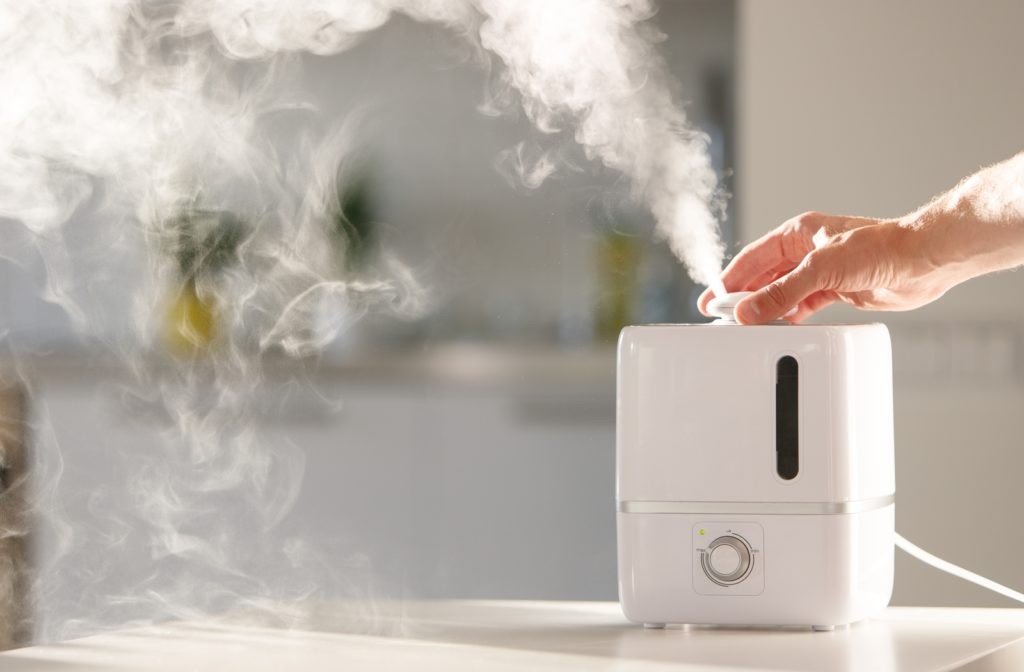Experiencing pain every time you blink can be incredibly bothersome and raise concerns about your eye health. If you’re finding yourself wondering, “Why Does My Eyelid Hurt When I Blink?”, you’re not alone. Eyelid pain associated with blinking is a common issue with a range of potential causes, from minor irritations to more significant underlying conditions. Understanding these causes is the first step in finding relief and ensuring the health of your eyes.
This article will explore the common reasons behind eyelid pain when blinking, helping you differentiate between minor discomfort and situations that require professional medical attention. Knowing when to consult an eye care professional is crucial for maintaining healthy vision and preventing potential complications.
Common Causes of Eyelid Pain When Blinking
Often, eyelid pain that occurs when blinking is due to easily treatable and relatively minor issues. Here are some of the most frequent culprits:
- Dry Eye Disease: Dry eyes are a very common condition where your eyes don’t produce enough tears or the tears are of poor quality. This lack of lubrication can lead to irritation and a stinging or scratchy sensation, which you might notice particularly when blinking. The movement of your eyelid across the dry surface of the eye can exacerbate this discomfort, causing pain. Environmental factors like dry air, prolonged screen use, and certain medications can contribute to dry eye.
- Stye: A stye is a painful, red bump that develops on the eyelid, often at the base of an eyelash. It’s essentially an infection of an oil gland in the eyelid, usually caused by bacteria. The swelling and inflammation from a stye can make blinking painful, as the eyelid rubs against the stye itself or the sensitive area around it.
- Conjunctivitis (Pink Eye): Conjunctivitis is an inflammation or infection of the conjunctiva, the clear membrane that covers the white part of your eye and the inside of your eyelids. Whether caused by viruses, bacteria, or allergies, conjunctivitis can make your eyelids and eyes feel gritty, itchy, and painful. Blinking can worsen the discomfort as the inflamed conjunctiva of the eyelid rubs against the eye.
- Blepharitis: Blepharitis is an inflammation of the eyelids, often affecting the base of the eyelashes. It can be caused by bacteria or skin conditions like dandruff. Blepharitis can lead to itchy, red, and swollen eyelids. The irritation associated with blepharitis can cause pain when blinking, and you might also experience crusting or stickiness around your eyelashes.
- Foreign Body or Debris in the Eye: Sometimes, a simple irritant like dust, dirt, an eyelash, or a grain of sand can get trapped under your eyelid. This foreign body can scratch the cornea (the clear front surface of the eye) or irritate the conjunctiva, leading to pain that is especially noticeable when blinking. The eyelid rubbing against the foreign object intensifies the pain.
 A person hand reaching to adjust a dial on a white humidifier in their home
A person hand reaching to adjust a dial on a white humidifier in their home
When Eyelid Pain Might Indicate a More Serious Condition
While many instances of eyelid pain when blinking are due to minor issues, it’s important to be aware of situations where the pain might be a symptom of a more serious eye condition. Seek professional medical advice if you suspect any of the following:
- Corneal Ulcer: A corneal ulcer is an open sore on the cornea, often caused by infection, injury, or severe dry eye. Corneal ulcers can be intensely painful and cause significant pain when blinking due to the eyelid rubbing against the ulcerated area. Other symptoms may include redness, blurred vision, light sensitivity, and excessive tearing.
- Eye Injuries: Any trauma to the eye area, whether a direct blow, scratch, or penetration, can cause eyelid pain and pain when blinking. Eye injuries require prompt medical evaluation to rule out serious damage.
- Glaucoma (Angle-Closure Glaucoma): While open-angle glaucoma is typically painless in its early stages, angle-closure glaucoma can cause a sudden and severe increase in eye pressure. This acute glaucoma attack can lead to intense eye pain, often described as a deep ache, which can be exacerbated by blinking. Other symptoms include red eye, blurred vision, halos around lights, nausea, and vomiting. This is a medical emergency requiring immediate treatment.
- Uveitis: Uveitis is inflammation of the uvea, the middle layer of the eye. While it might not specifically cause pain only when blinking, uveitis can cause significant eye pain that is often described as a deep, aching pain. This pain can worsen with eye movement and, consequently, blinking. Uveitis is often accompanied by redness, light sensitivity, and blurred vision. Untreated uveitis can lead to serious complications.
- Optic Neuritis: Optic neuritis is inflammation of the optic nerve, which transmits visual information from the eye to the brain. While the pain is often felt behind the eye and may worsen with eye movement, some individuals may experience pain when blinking. Optic neuritis is often associated with multiple sclerosis and requires medical evaluation.
- Chemical or Flash Burns: Exposure to hazardous chemicals or intense light (flash burns) can cause severe damage to the eyes and eyelids. These burns are extremely painful and will certainly cause pain when blinking. Chemical and flash burns require immediate emergency medical attention.
Self-Care and Home Remedies for Minor Eyelid Pain
If you are experiencing mild eyelid pain when blinking and don’t have any of the serious symptoms mentioned above, you can try some home remedies to find relief:
- Humidifier: Using a humidifier, especially in dry environments or during winter, can help add moisture to the air and alleviate dry eyes, a common cause of eyelid pain.
- Warm Compresses: Applying a warm compress to your closed eyelids for 10-15 minutes several times a day can help soothe irritation, reduce inflammation from conditions like blepharitis or styes, and promote tear production.
- Artificial Tears or Lubricating Eye Drops: Over-the-counter artificial tears can provide temporary relief from dry eyes by lubricating the eye surface and reducing friction when blinking.
- Sunglasses: Wearing sunglasses outdoors, even on cloudy days, can protect your eyes from sun and wind, which can exacerbate dry eye and irritation.
- Adjusting Screen Lighting and Taking Breaks: If you spend a lot of time looking at screens, adjust the brightness and contrast to a comfortable level and take frequent breaks to rest your eyes. This can reduce eye strain and dryness.
- Review Eyeglass Prescription: An outdated eyeglass prescription can contribute to eye strain and discomfort. Consider getting your eyes checked to ensure your prescription is current.
When to Seek Professional Medical Attention
While home remedies can be helpful for minor eyelid pain, it’s crucial to know when to seek professional medical advice from an optometrist or ophthalmologist. Consult an eye doctor if you experience any of the following:
- Pain that persists or worsens after 24-48 hours of home care.
- Severe eye pain.
- Changes in vision, such as blurred vision, double vision, or vision loss.
- Redness of the eye.
- Discharge from the eye (pus or excessive watery discharge).
- Increased sensitivity to light.
- Swelling of the eyelids or around the eye.
- Pain when moving your eyes.
- Any eye injury.
- Symptoms of angle-closure glaucoma (severe eye pain, nausea, vomiting, halos around lights).
Prompt diagnosis and treatment of eye problems can prevent complications and protect your vision. Don’t hesitate to contact your eye doctor if you are concerned about eyelid pain or any other eye symptoms. Your eye health is paramount, and seeking timely care is the best way to ensure healthy and comfortable vision.
